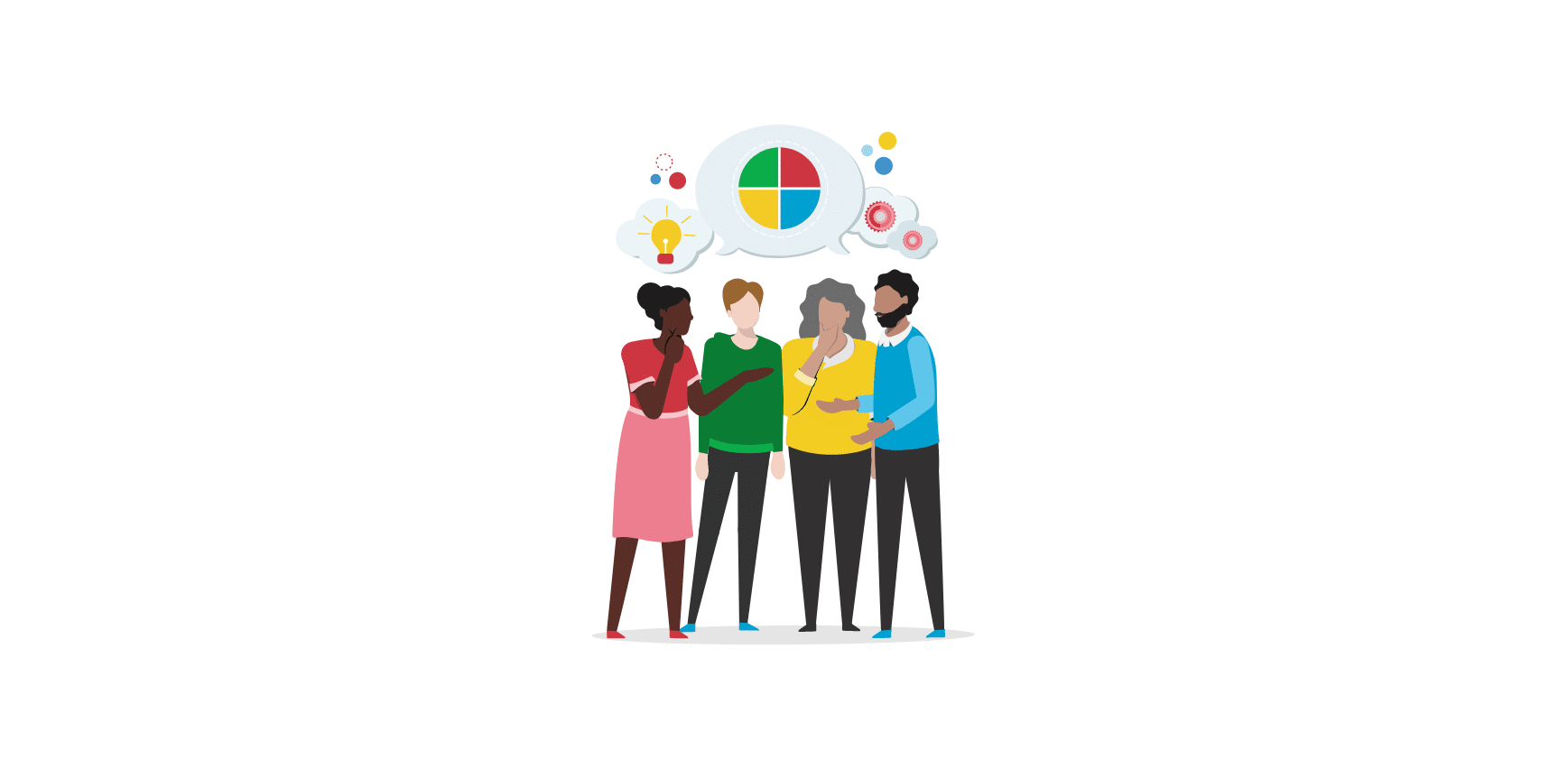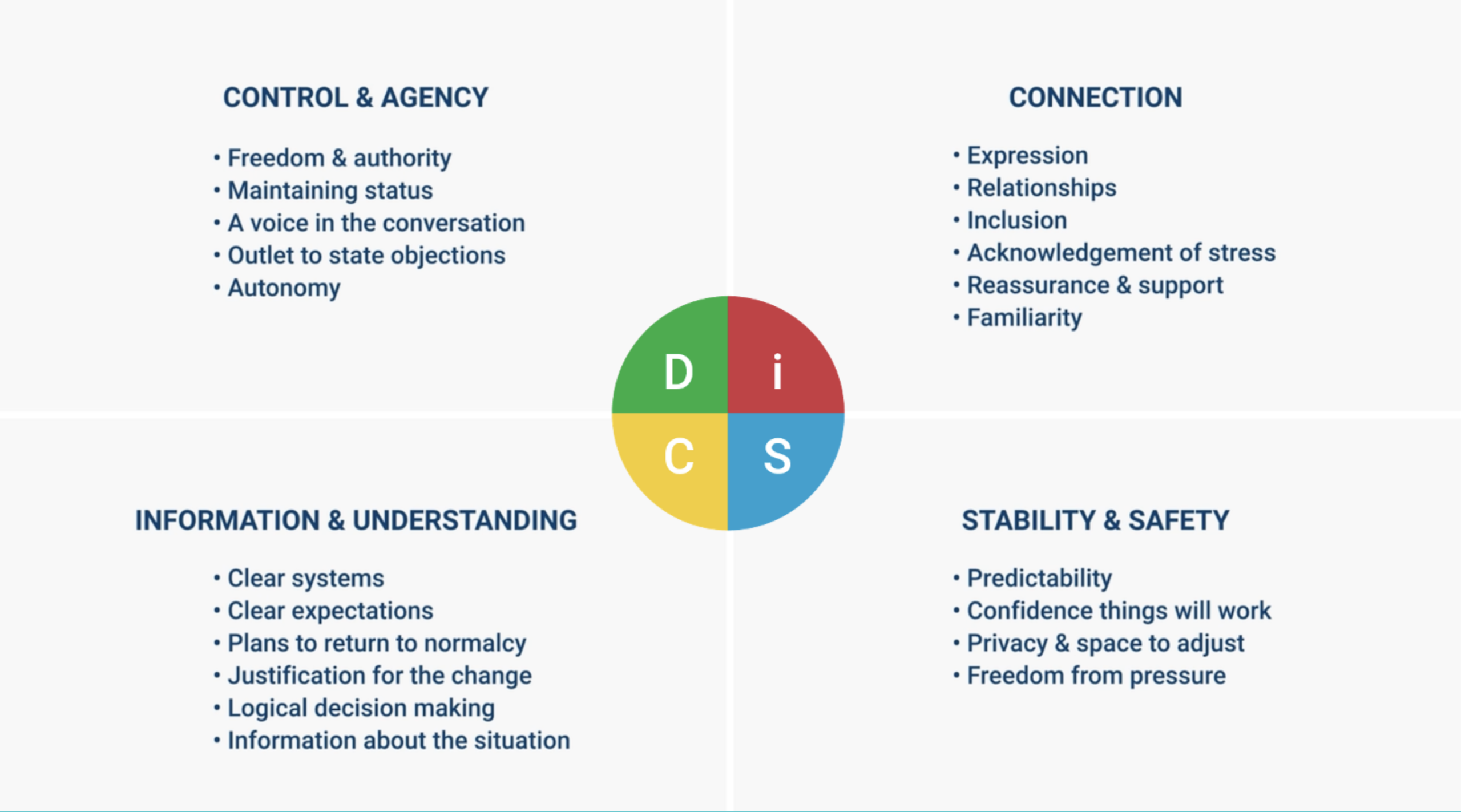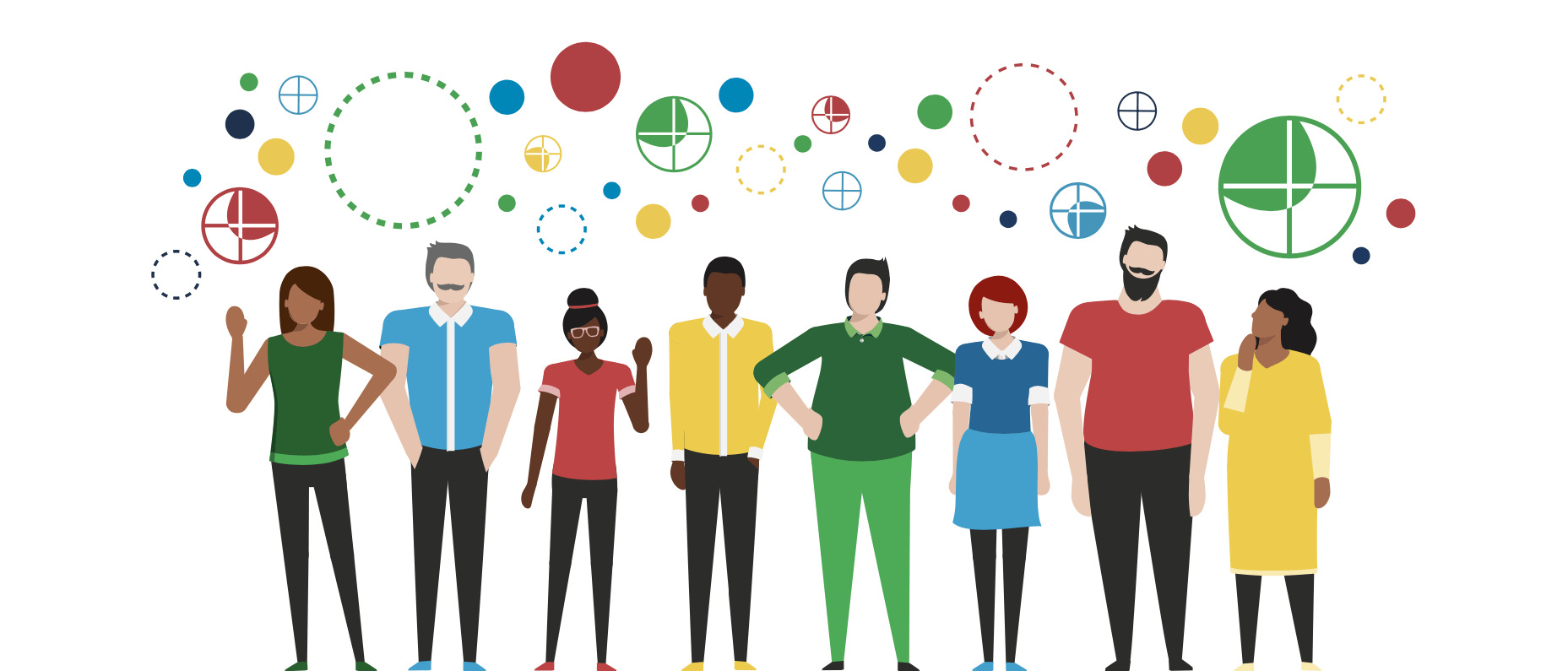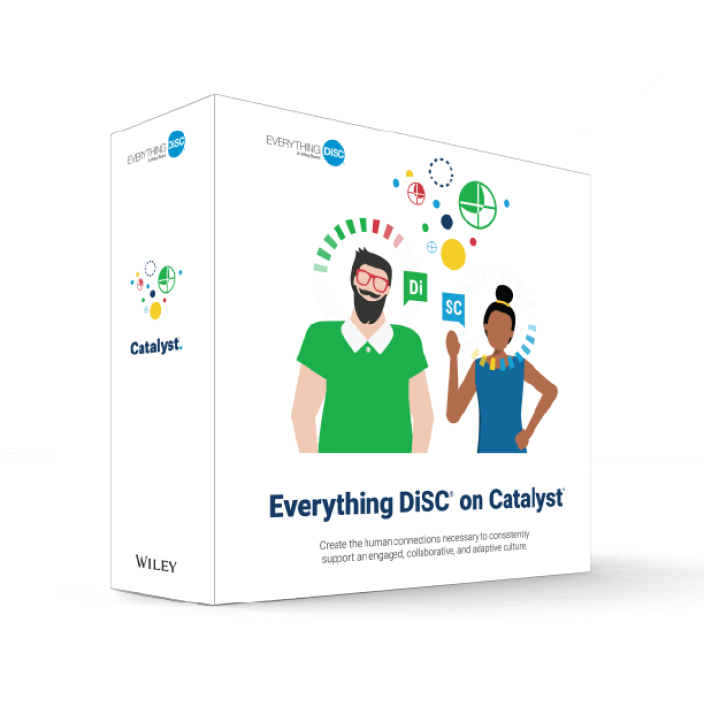How to Overcome Objections When Selling DiSC®
Selling DiSC-based programs—whether internally as an HR or Learning and Development professional or externally to clients—comes with predictable hurdles. But with a behavioral lens and strategic mindset, you can convert hesitations into “yeses.” Here’s how to sharpen your approach and win confidence for DiSC® offerings.
 Understand the Core Objections
Understand the Core Objections
Sales objections usually fall into these categories:
- No perceived need: “We’re doing fine as-is.”
- Timing concerns: “Now’s not the right time.”
- Budget constraints: “We don’t have funds right now.”
- Authority/decision issues: “I must talk to someone else.”
When selling DiSC®, you may also face resistance like:
- “We don’t need another assessment tool.”
- “We’ve already done DiSC.”
- “It feels too soft or touchy-feely.”
- “I don’t see ROI in a behavioral tool.”
Use DiSC Insights to Overcome Objections
Contrast-driven objections are an opportunity to lean into DiSC strengths. Tailor your response based on the prospect’s behavioral style:
| DiSC Style | Likely Objection | Best Response Strategy |
|---|---|---|
| D (Dominance) | “We don’t have time or budget.” | Be brief, results-oriented. Emphasize quick wins: “Let’s see if a 60-second overview is worth your time.” |
| i (Influence) | “It sounds interesting, but I can’t sell it internally.” | Lean into enthusiasm. Offer to co-present or help craft an internal pitch: “I can help you make the case—and make it memorable.” |
| S (Steadiness) | “We’re stable—no change needed.” | Offer evidence from similar organizations; share testimonials and case studies to show risk is managed. |
| C (Conscientiousness) | “I need data—this lacks rigor.” | Provide data, case studies, validation. Emphasize research basis and client impact with metrics. |
General Objection Handling Framework
Let’s anchor this in a trusted, four-step structure used by top-performing sellers:
- Listen – Really hear their concern, without interrupting.
- Understand – Restate back what they’re saying to confirm you got it.
- Respond – Address the concern, tailored to their style.
- Confirm – Ask if your answer resolves their concern before moving forward.
 Real-World Application: Selling DiSC Internally (HR/L&D)
Real-World Application: Selling DiSC Internally (HR/L&D)
Imagine a scenario: You’re proposing DiSC training to senior leadership and get pushback: “We don’t have budget or time.”
Your next move:
-
Listen & Empathize
“I hear you—budgets are tight, and development takes time.” -
Understand Their Priority
“To make sure I’m hearing correctly, the main concern is ROI?” -
Respond with Value & Evidence
-
For D styles: “Our last in-house rollout cut onboarding friction by 40%—fast results with clear metrics.”
-
For C styles: Share the research behind DiSC’s validity and how feedback aligns with performance outcomes.
-
For S styles: “Peer organizations like yours use DiSC to build trust and consistent team performance—our internal pulse surveys improved.”
-
For i styles: Showcase participant testimonials or video moments where people bonded—highlighting culture wins.
-
-
Confirm
“If we can show measurable improvement in team alignment or leadership effectiveness, would your team consider piloting DiSC?”
 External Consultants: How to Sell DiSC to New Clients
External Consultants: How to Sell DiSC to New Clients
Step 1: Discovery First
Before pitching DiSC, start with a discovery interview. Drill into pain points:
- “What’s one thing that slows team performance?”
- “How do your leaders approach conflict or collaboration?”
- “What outcomes are most urgent now—efficiency, morale, creativity?”
Step 2: Customize Your Response
Use DiSC style alignment:
- D: “This helps teams pivot faster and make bolder decisions.”
- i: “This brings energy to departments—they bond, connect, and engage.”
- S: “This builds trust and cohesion, reducing friction over time.”
- C: “This provides structured insights and predictive behavior patterns, backed by data.”
Step 3: Seal with Next Steps
If they say “not now,” ask:
- “Under what conditions would exploring DiSC make sense?”
- “If I could co-design and deliver a leadership session showing impact, would you be open to piloting?”
 Final Tips for DiSC Practitioners
Final Tips for DiSC Practitioners
- Host mini—informal demos or “intro sessions” for clients to experience DiSC firsthand.
- Lean on peer stories—client case studies are worth a hundred data points.
- Ask for small commitments—pilot one team, review outcomes, then scale.
In Summary
Whether you’re selling DiSC internally or externally, your success hinges on:
- Listening intently
- Understanding the objection’s “why”
- Responding with behavioral-tailored value
- Confirming alignment before closing
With clarity, empathy, and data, you can turn objections into opportunities—and make DiSC the tool people want and value.
You might also be interested in
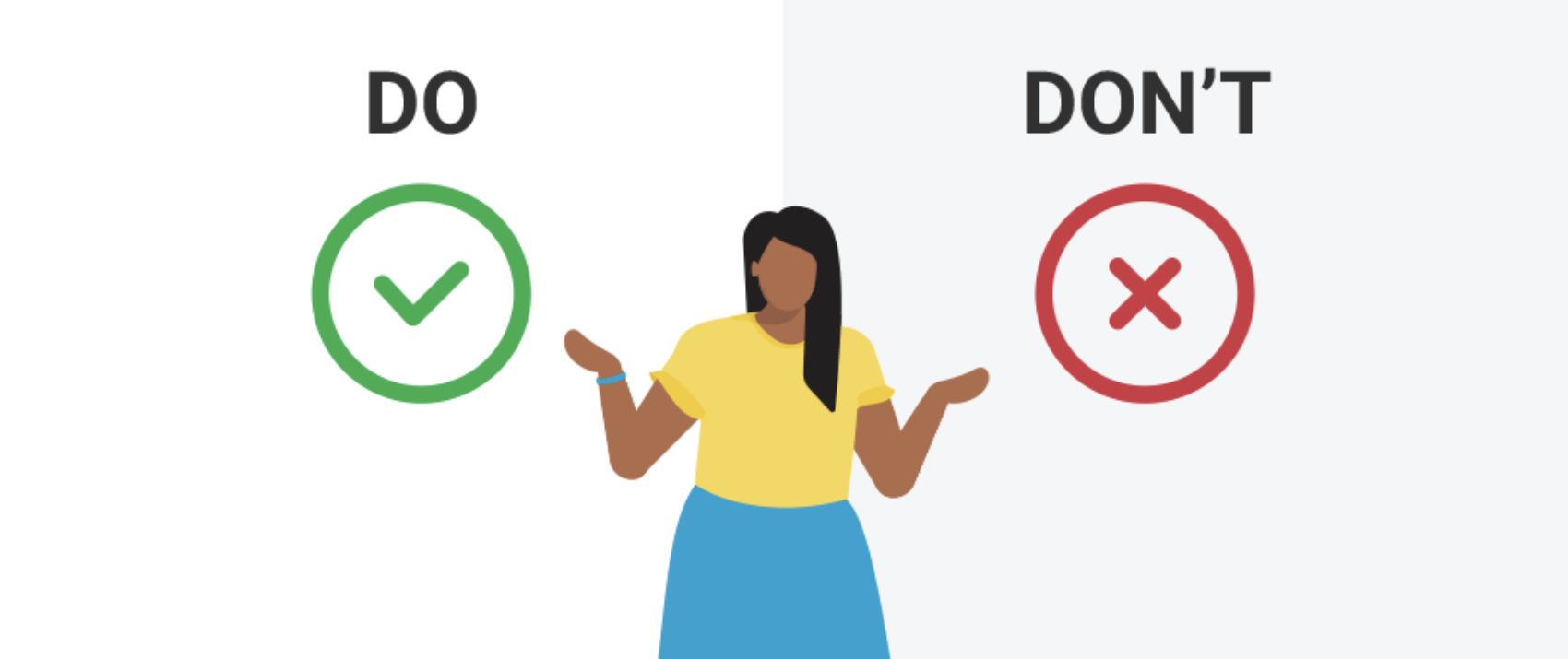

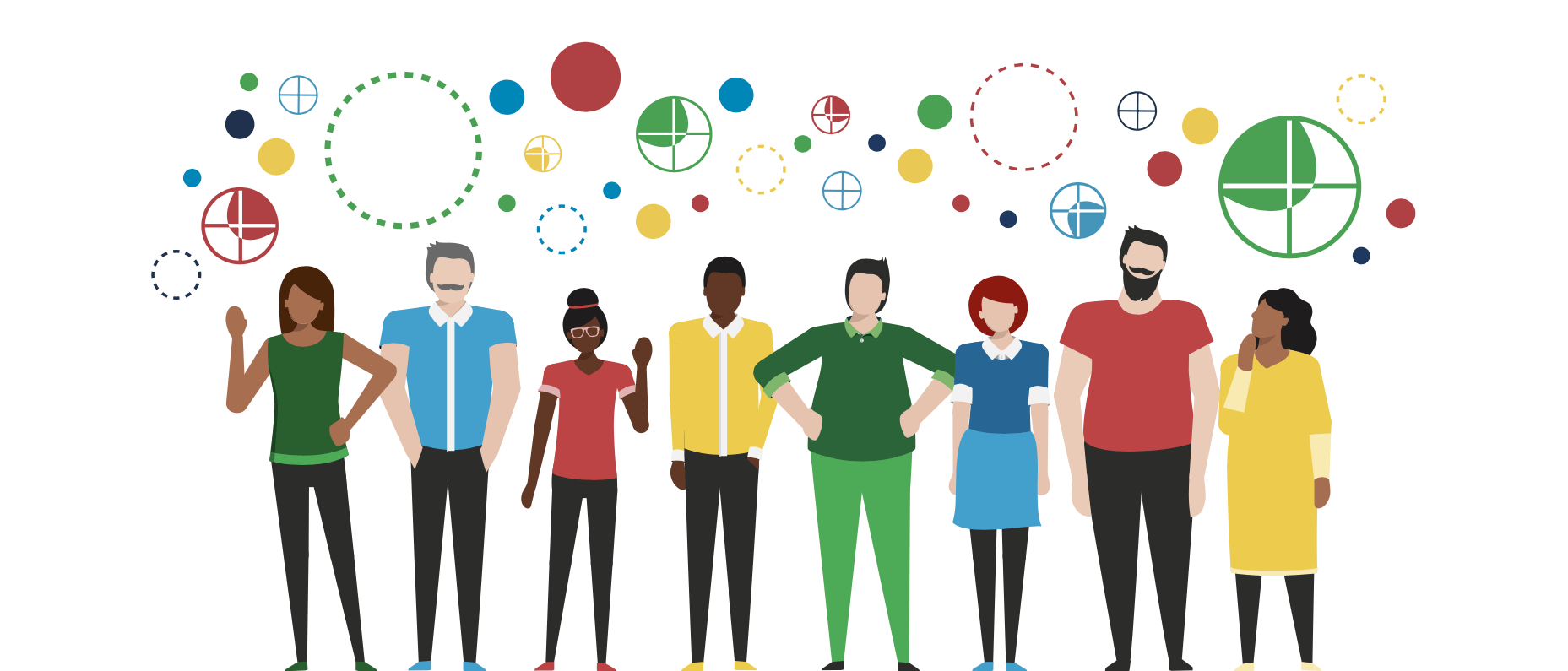






 Understand the Core Objections
Understand the Core Objections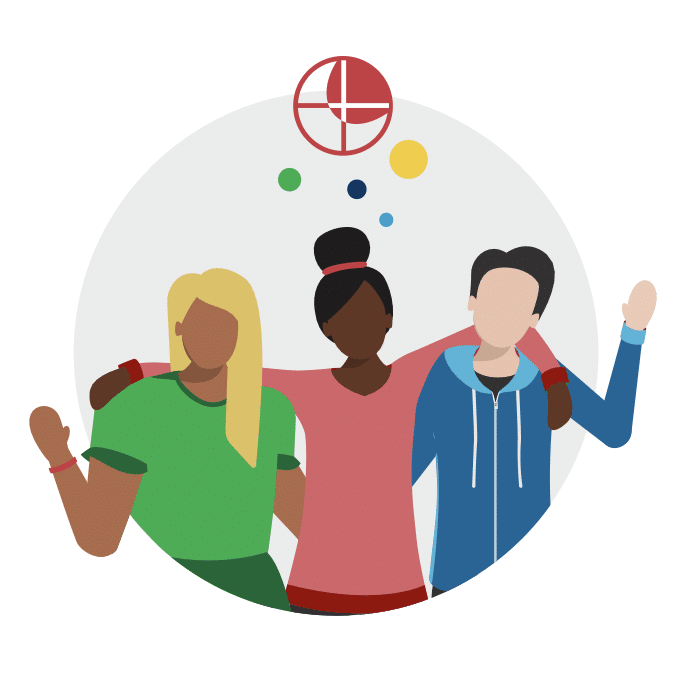 Real-World Application: Selling DiSC Internally (HR/L&D)
Real-World Application: Selling DiSC Internally (HR/L&D) External Consultants: How to Sell DiSC to New Clients
External Consultants: How to Sell DiSC to New Clients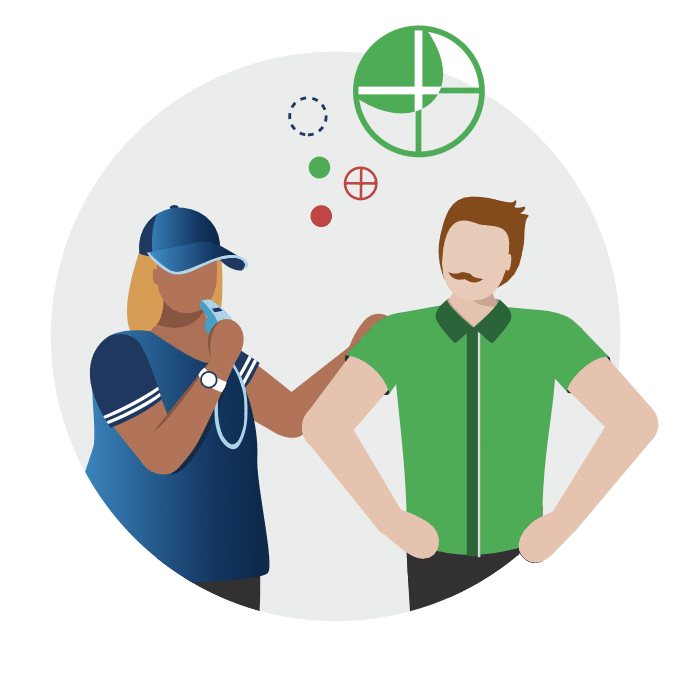 Final Tips for DiSC Practitioners
Final Tips for DiSC Practitioners
 4–5 weeks before the DiSC workshop (or as early as possible)
4–5 weeks before the DiSC workshop (or as early as possible)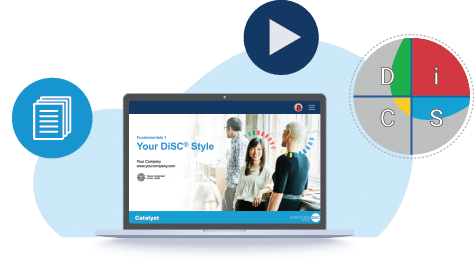 2-3 weeks before
2-3 weeks before 1 week before
1 week before Day of the session
Day of the session 1 week after
1 week after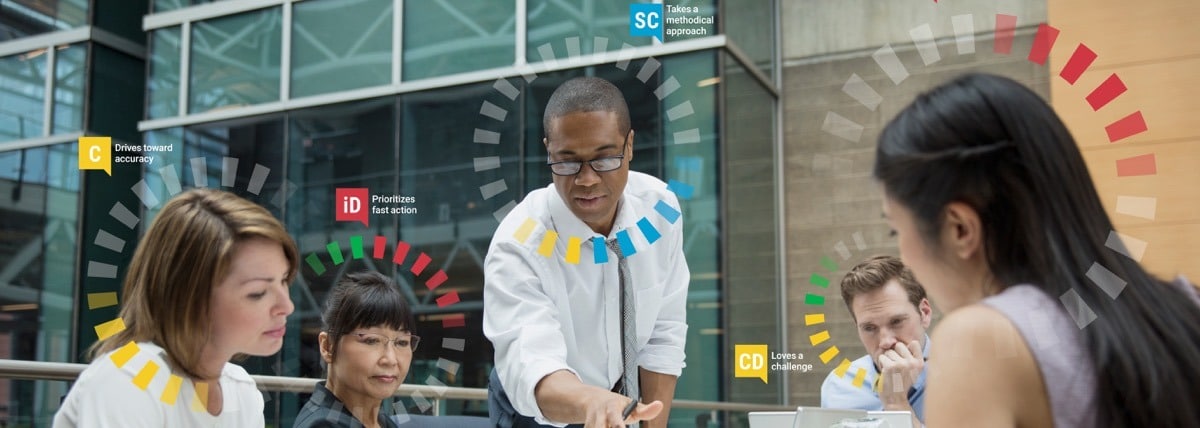

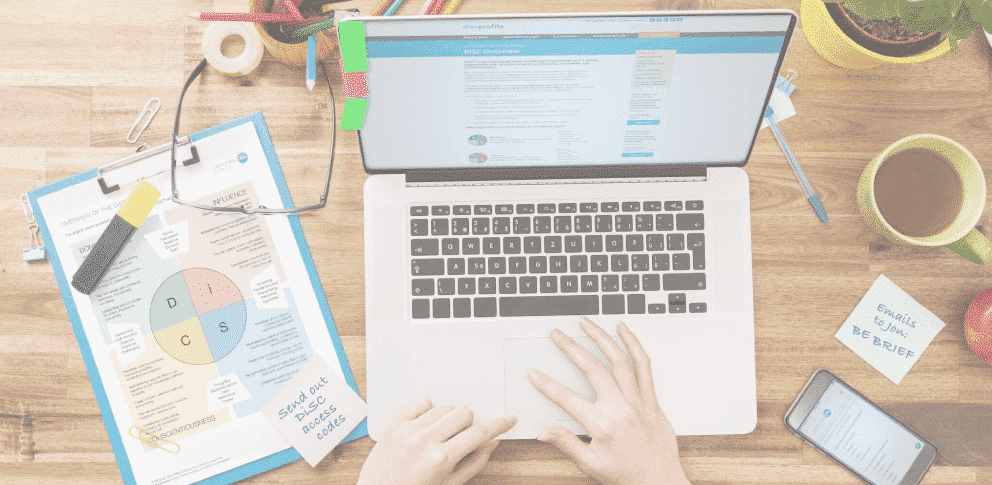



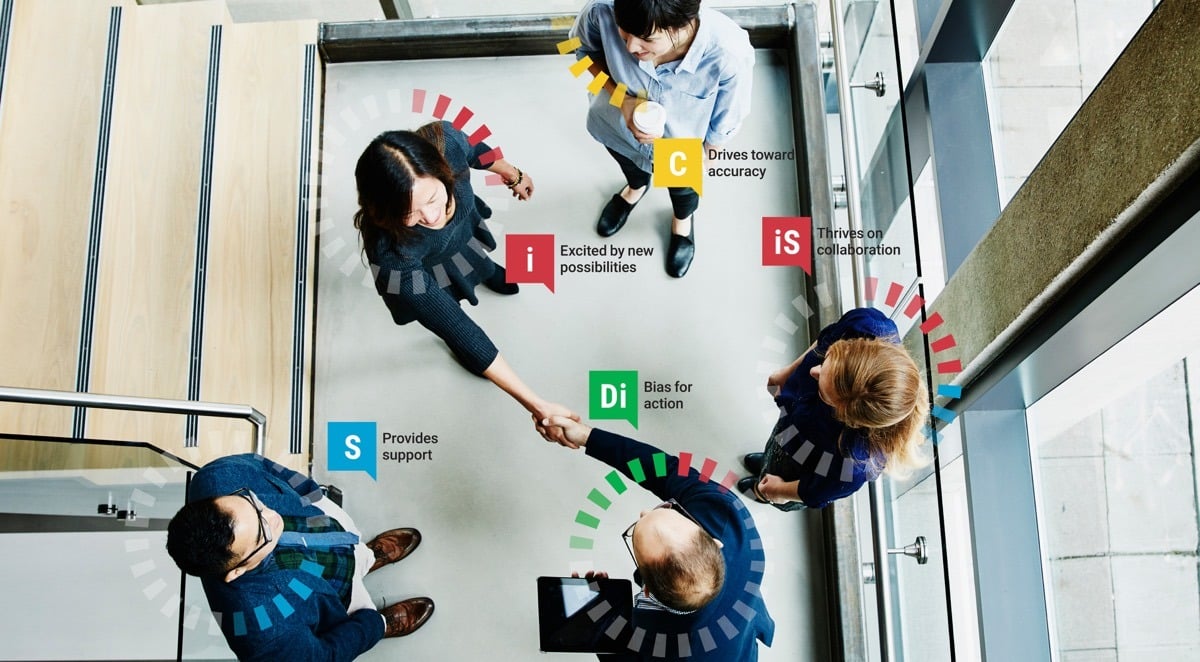

 D Style: Failure Feels Like a Loss of Control
D Style: Failure Feels Like a Loss of Control i Style: Failure Feels Personal
i Style: Failure Feels Personal S Style: Failure Disrupts Harmony
S Style: Failure Disrupts Harmony C Style: Failure Challenges Logic
C Style: Failure Challenges Logic




